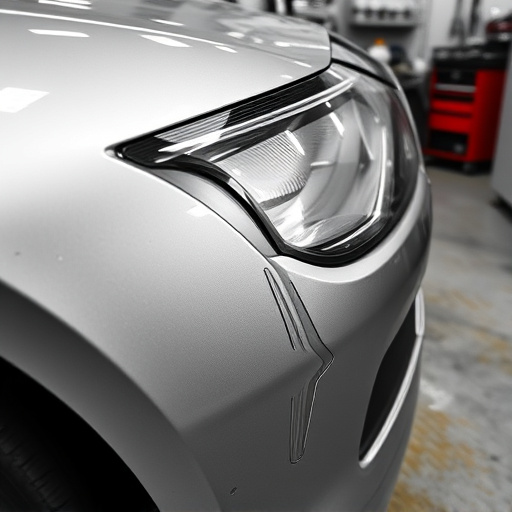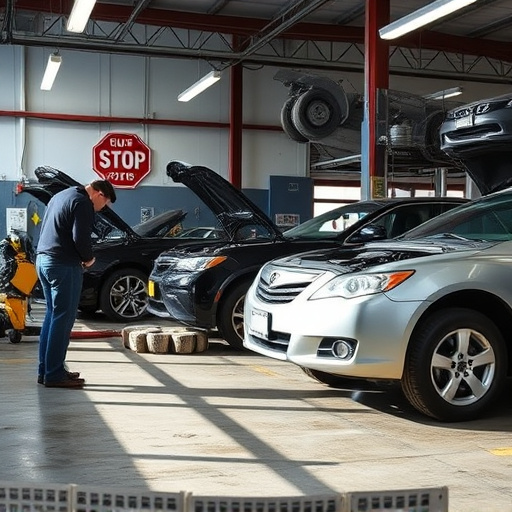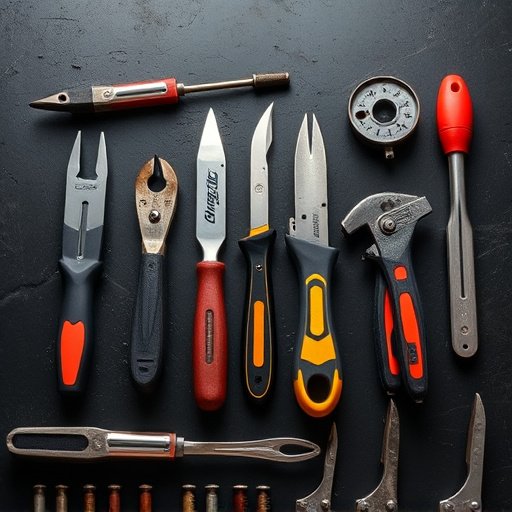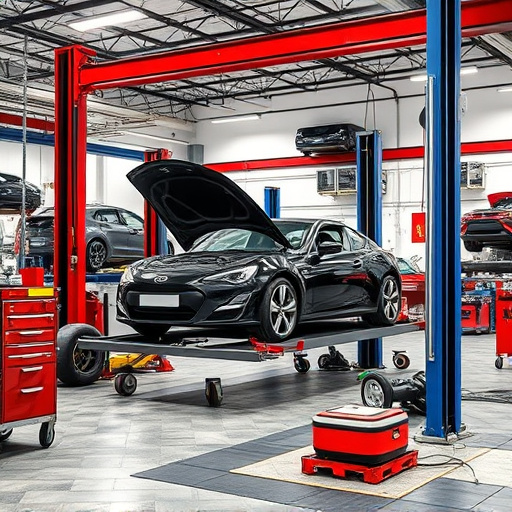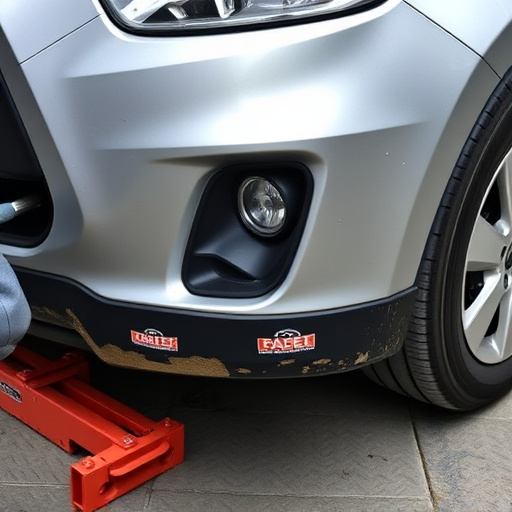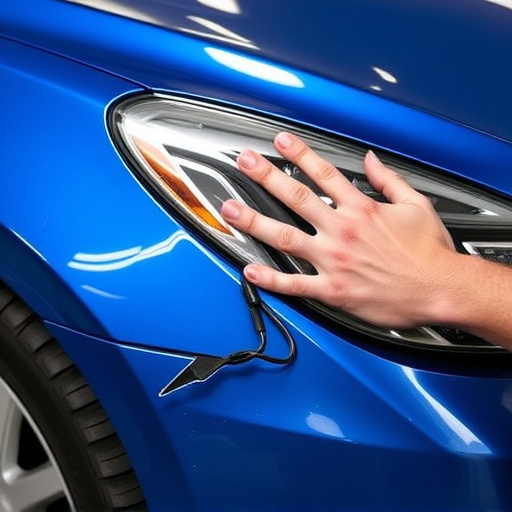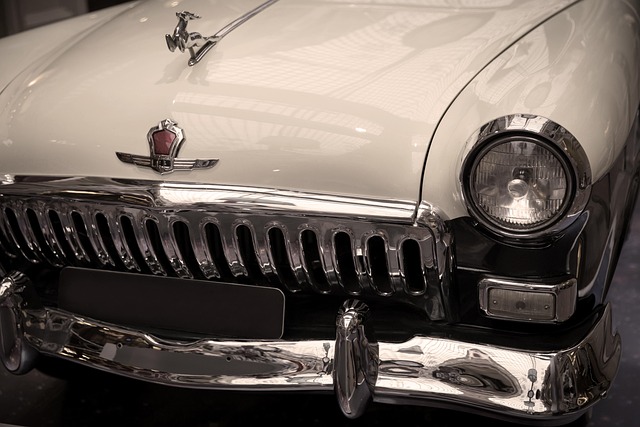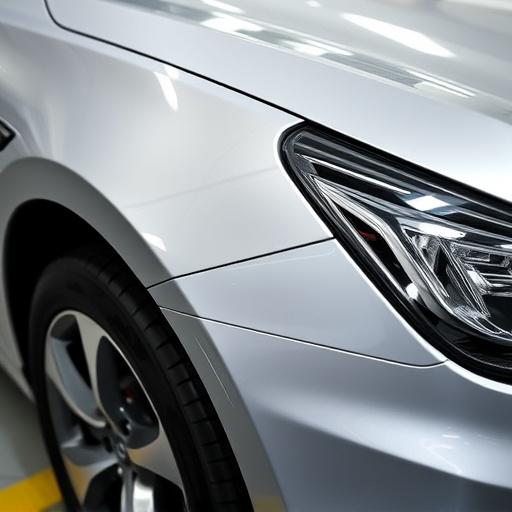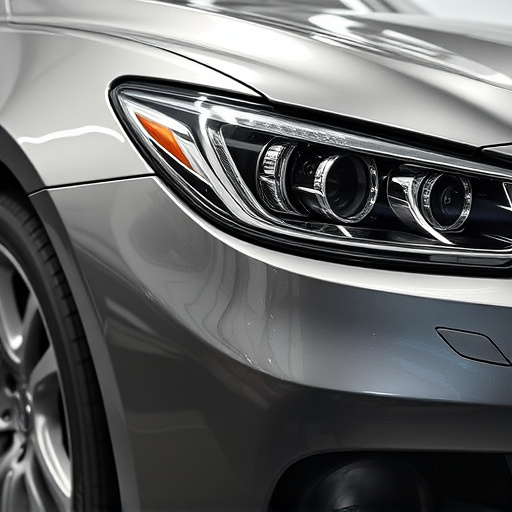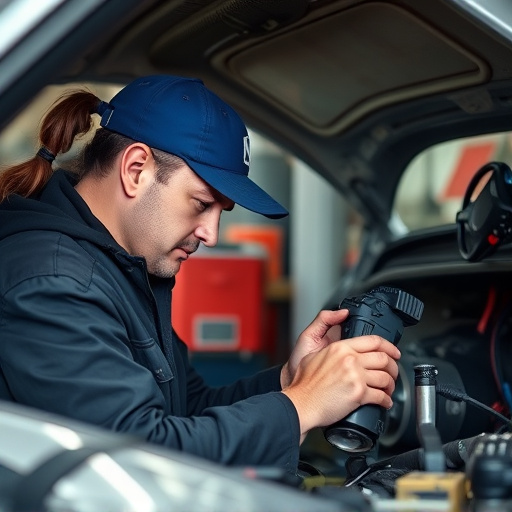Bumper damage, caused by collisions, debris, or weather, ranges from minor scuffs to severe cracks and breaks, impacting both vehicle safety and aesthetics. Repair involves a tailored process: for light dents, paint touch-ups; severe cases require comprehensive bodywork, including part replacement and precise matching of original car paint. The use of high-quality materials and tools is vital for long-lasting results that match the vehicle's original finish, enhancing safety and appearance.
Bumper damage repair is an essential aspect of auto maintenance, crucial for both aesthetics and safety. This article shares best practices from auto experts, delving into understanding common bumper damage types caused by incidents, parking mishaps, or environmental factors. We provide a step-by-step guide to effective repair techniques, highlighting the importance of choosing the right materials and tools for long-lasting results. Discover expert tips on bumper damage repair to keep your vehicle looking its best.
- Understanding Bumper Damage: Common Causes and Types
- Step-by-Step Guide to Effective Bumper Repair Techniques
- Choosing the Right Materials and Tools for Long-Lasting Results
Understanding Bumper Damage: Common Causes and Types
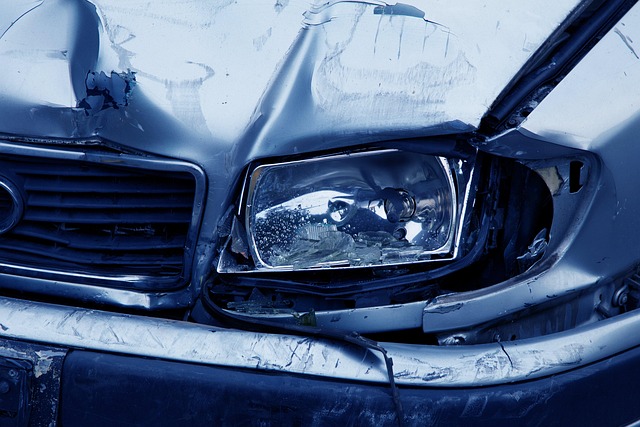
Bumper damage can range from minor scuffs and dents to significant cracks and breaks, significantly impacting a vehicle’s appearance and safety. Understanding the common causes and types of bumper damage is crucial for effective bumper damage repair. The most frequent culprits include collisions with other vehicles, roadside debris, parking lot mishaps, and even weather conditions like ice and snow.
There are several types of bumper damage to consider. Dents and scratches are among the least severe but still require attention for aesthetic purposes. Cracks and breaks, often caused by high-speed impacts or sharp objects, can compromise the structural integrity of the bumper and necessitate prompt bumper damage repair using specialized auto body services. Additionally, paint issues, such as chips and peeling, not only affect the vehicle’s look but also may indicate underlying damage that needs to be addressed through comprehensive auto bodywork repairs.
Step-by-Step Guide to Effective Bumper Repair Techniques
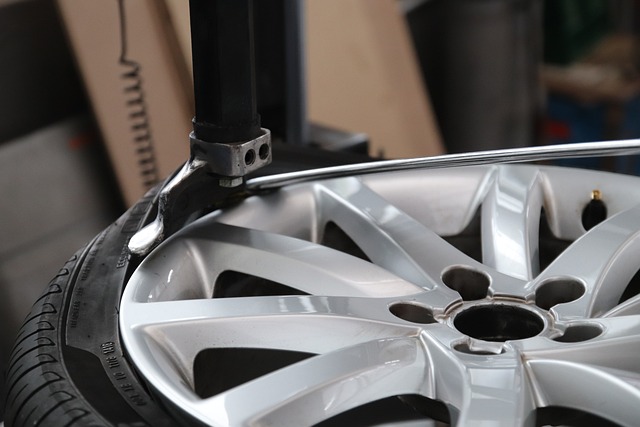
Bumper damage repair is a meticulous process that requires a systematic approach for optimal results. Here’s a step-by-step guide to help you navigate this common automotive repair challenge. First, assess the extent of the bumper damage—is it a minor dent or a more significant crumple? For slight dents and scratches, a simple paint touch-up might suffice. This involves sanding down the affected area, applying primer, and then painting with a color that closely matches your car’s original finish.
For more severe bumper damage, especially if there are cracks or significant deformities, it’s time to consider comprehensive car bodywork repair. This process entails realigning the bumper components, replacing damaged parts, and ensuring seamless integration with the vehicle’s overall structure. After preparing the surface by removing loose debris and applying degreaser, auto experts use specialized tools to straighten and reshape the bumper. Once the necessary repairs are made, professional car paint services are employed to match the original color precisely, ensuring a flawless finish that enhances your vehicle’s aesthetic appeal and safety.
Choosing the Right Materials and Tools for Long-Lasting Results
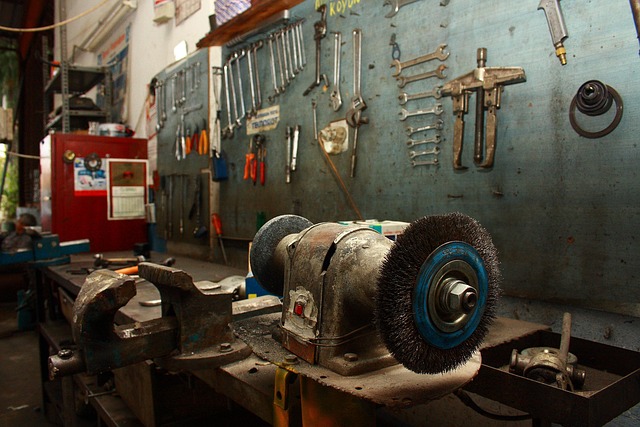
When it comes to bumper damage repair, selecting the right materials and tools is paramount for achieving long-lasting results that match the vehicle’s original finish. Auto experts recommend using high-quality automotive-grade parts designed specifically for bumper repairs. These include durable plastic or metal components that can withstand daily wear and tear without compromising aesthetics.
Furthermore, the choice of paint and repair kits should align with the vehicle’s make and model to ensure perfect color match. Advanced tools such as precision knives, sandpaper, and spray guns equipped with adjustable settings are crucial for precise auto bodywork. These tools enable technicians to carefully remove damaged areas, prepare the surface, and apply new vehicle paint repair layers evenly, ultimately enhancing the overall appearance of the car’s bumper.
Bumper damage repair is a vital aspect of automotive maintenance, ensuring your vehicle looks pristine and performs optimally. By understanding the common causes and types of bumper damage, employing effective repair techniques, and selecting high-quality materials and tools, you can achieve long-lasting results that enhance your car’s aesthetics and value. Following these best practices shared by auto experts will help you navigate the process with confidence, keeping your vehicle in top condition.
